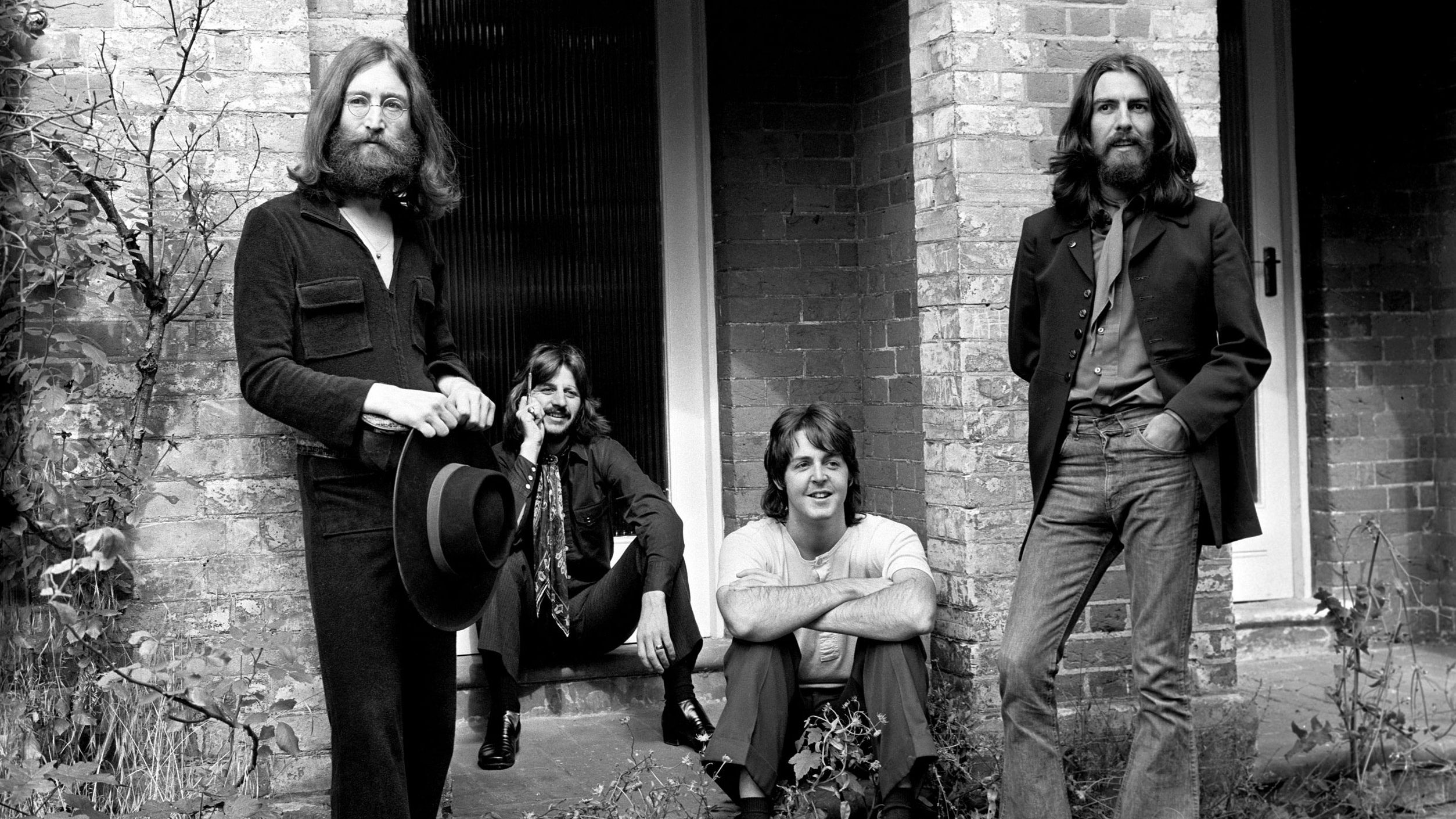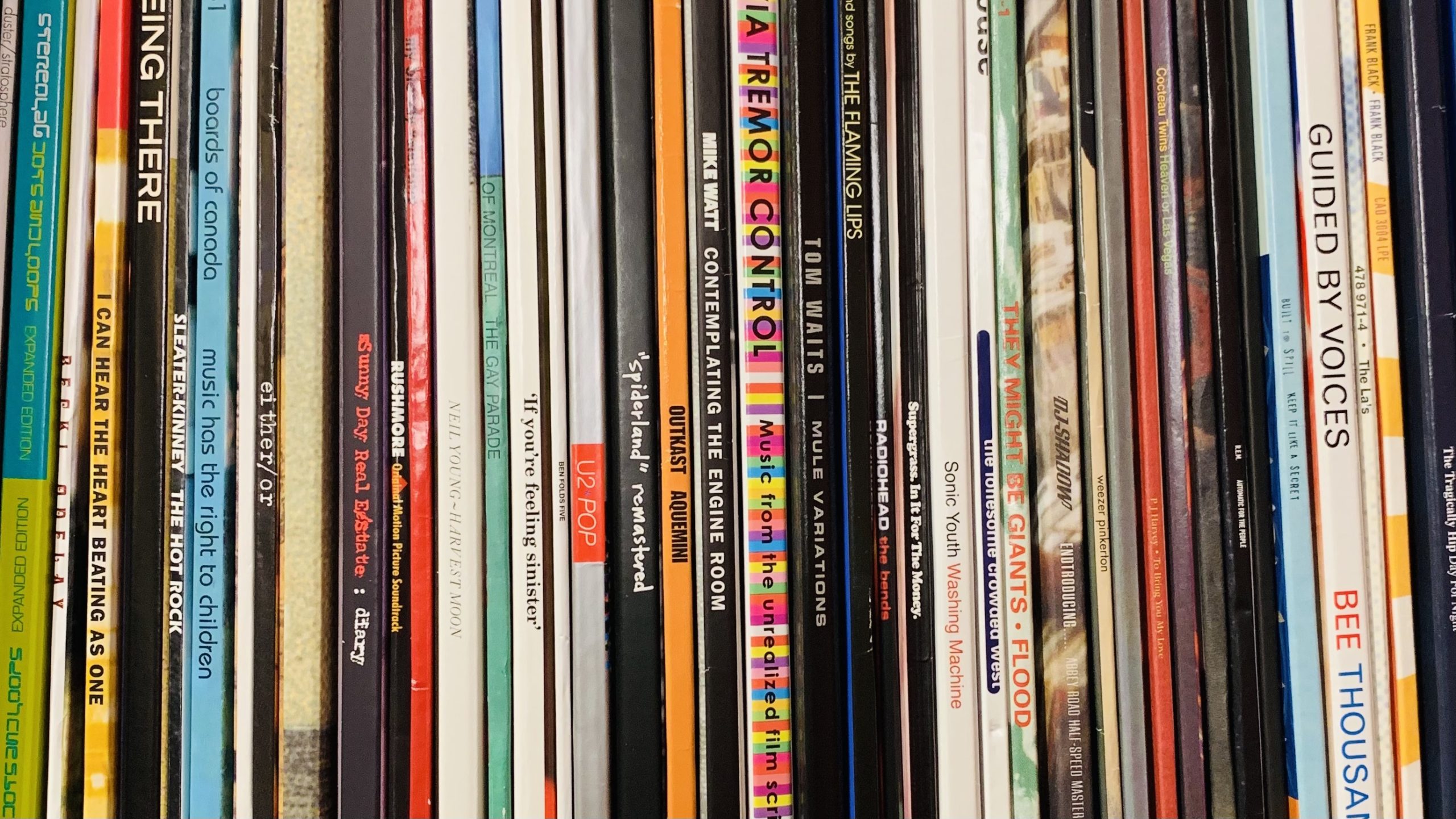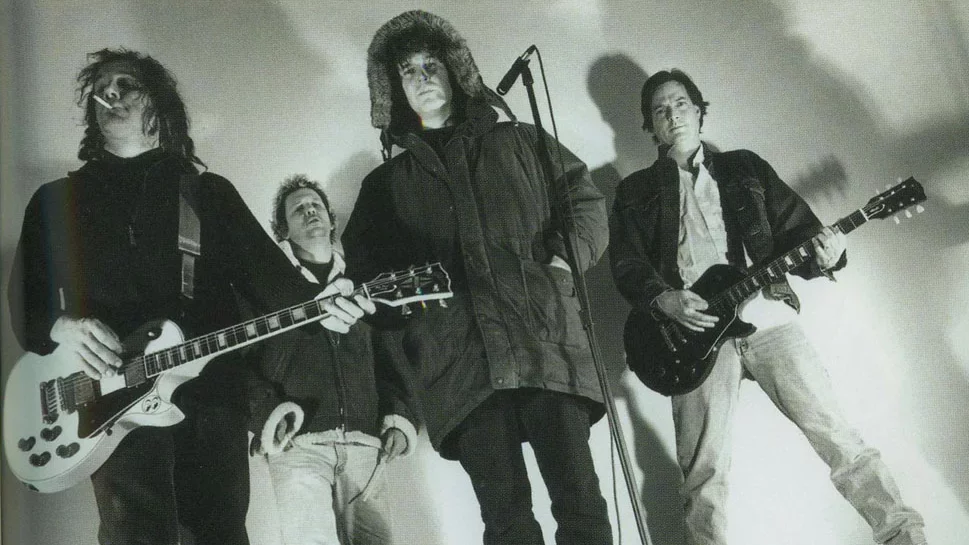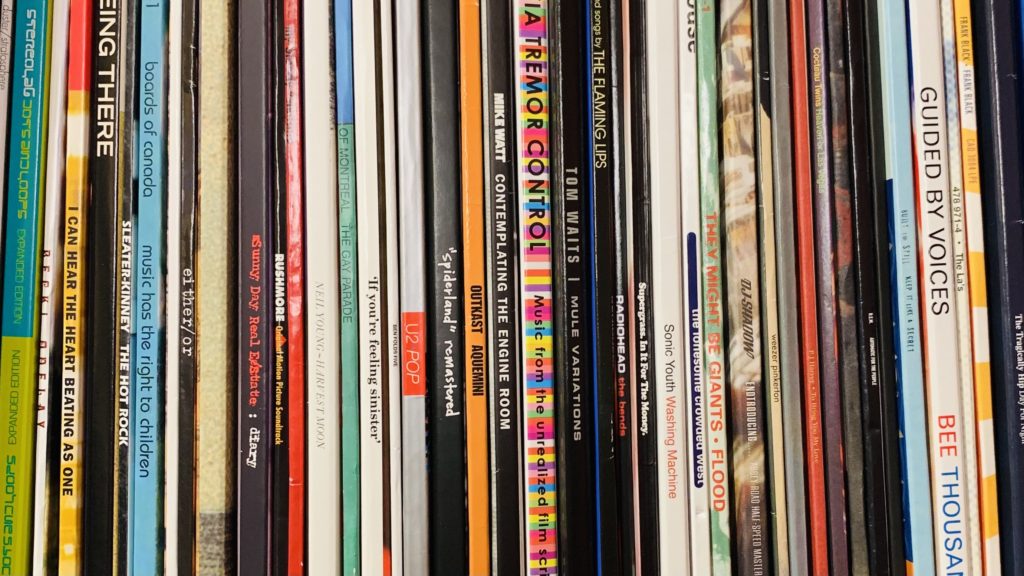
What kind of self-respecting website would Strange Currencies be if we didn’t take an incredibly complex decade of music, and reduce it to a ranked list? The centerpiece of our celebration of the 1990s, this collaborative effort between our staff began as an attempt to create a comprehensive list of the decade’s most essential albums. However, as a long list of contenders was whittled down, the realization set in that even a list of one hundred records was bound to leave off a number of our own personal favorites. The resulting list attempts to reconcile our own idiosyncratic tastes with a nineties “canon” that the music press has worked to solidify, even before the decade had drawn to its Y2K-frenzied conclusion.
For the bulk of our contributors – born between the late-seventies and early-eighties – the nineties are a particularly personal decade, one that ushered us from childhood to adulthood. Though our slight variances in age may mean that our own idealizations of the decade differ – my personal sweet spot lands within the years 1994-1997 – the vast majority of the records on this list are ones that resonate for us as a whole. With that said, this four-part article will be followed up with a postscript that allows our individual contributors to point out what they feel their colleagues got wrong. Consider it our “honorable mentions,” or perhaps more accurately, our “ongoing arguments.” Enjoy. –MR
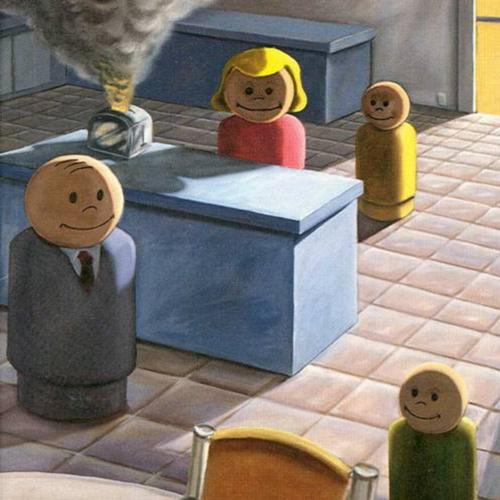
100
As a young kid in the early-to-mid-eighties, I had several of the Fisher Price “Little People,” and their attendant play sets. Accordingly, when I first saw the figures on the cover of Sunny Day Real Estate’s debut album, it triggered a response that was part-nostalgia, part mid-90s embrace of all things ironic. It wasn’t just on a whim that I bought it though; I had heard Diary‘s first single, “Seven,” on my local late-night radio show, and was interested in the album well before I knew of its artwork. It was only fitting that a childhood toy built the bridge to my first real “indie rock” album.
I liked Diary a fair amount at the time, but at some point – before it became an oft-cited landmark on the “emo” scene – I grew off of it quite a bit. Not long ago, while sorting through the bins at Portland’s 2nd Avenue Records, those smiling figures caught my eye once again. With my CD copy of Diary long since packed away, I decided to give the album another chance. I’m glad that I did, because for whatever reason, Diary sounds even better to me today than it did in 1995. –MR
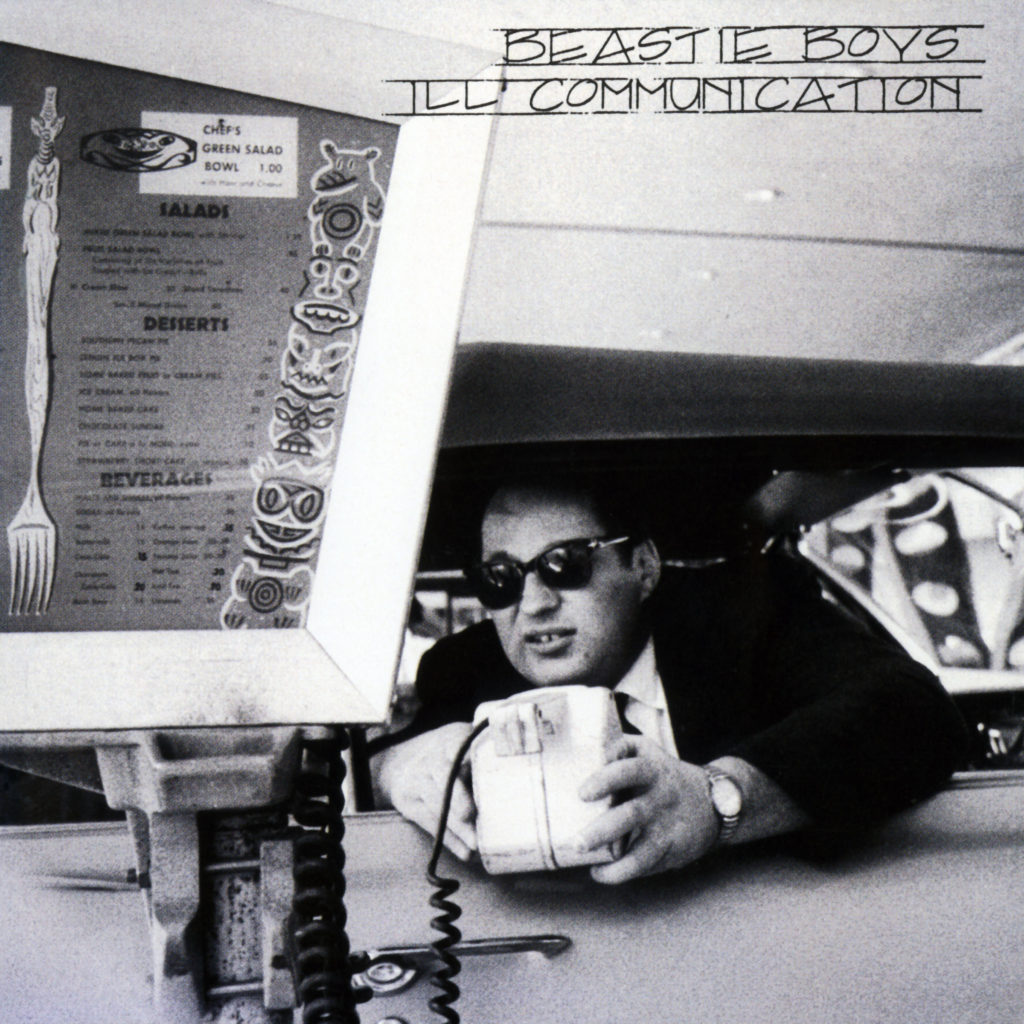
99
Already known for their ability to seamlessly cross genre lines, the fourth Beastie Boys album, Ill Communication, showcases their effortless transition between genres better than any album before or since. Taking elements from rap, punk, funk, and jazz, Ill Communication consistently switches up sounds, and combines them to build on the group’s already iconic sound. While it may not be their most impressive project as a whole, moments like the hit single “Sabotage” show the New York band at the very peak of their songwriting power. –RG
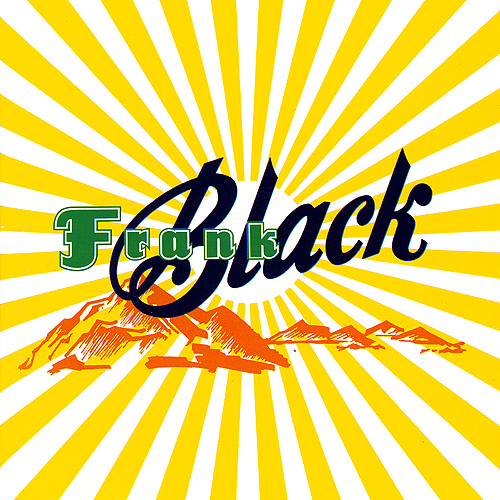
98
I discovered Frank Black before the Pixies (to the glee of Elektra’s marketing department), which has given me a unique perspective on his career – a discussion for another time. Of the various periods – Pixies, Catholics, Pixies reunion – the early Frank albums remain my favorites. His self-titled debut carries just enough Trompe le Monde DNA to be familiar to those following the traditional discovery path, but it’s also enough of his own work that I didn’t pick up my first Pixies release until three years after I first got into Frank’s solo stuff. “Places Named After Numbers” could fit on any 4AD release, “Czar” and “Ten Percenter” foreshadow the Catholics, and “Hang On to Your Ego” introduced me to Pet Sounds. His first three solo albums – ending with 1996’s The Cult of Ray – are as perfect of a three-episode arc as you will see with anything coming out of the mid-90s. –GB

97
As the editor-in-chief of Strange Currencies, I’m privy to a preview of the rest of this list. I’m inclined to say that there is no other album on here in which one great song so thoroughly towers over the rest – except perhaps for the album that is literally just one song. With that said, let’s not overlook the many virtues of Last Splash, beyond its absurdly hooky slice of perfect power pop.
The first album that Kim Deal and company released after her tenure in Pixies had come to an end, Last Splash has a sense of purpose that even 1990’s excellent Pod didn’t quite contain. Though its individual pieces may seem somewhat slight – outside of its obvious highlights – Last Splash coalesces into a whole that is far greater than the sum of its parts. The ease of finding it in a used CD bin for $2 confirms both its mainstream success and its status as a “grower.” The masses may not have had the patience to discover its depth, but those who did rightfully recognize Last Splash as one of the true classics of the “alternative” era. –MR
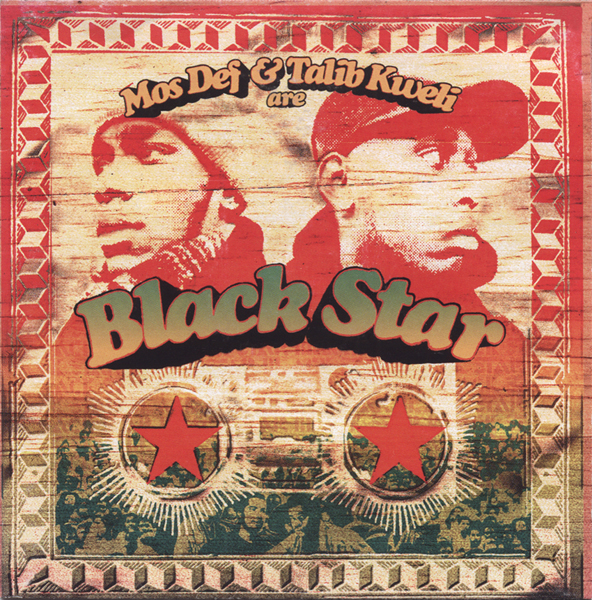
96
Black Star introduced the world to two of the emcees that would carry the politics and creativity of the golden age of hip-hop into the 21st century. The album includes several great tracks that rank among the best of the genre, and if not for some random homophobic moments, it would probably rank much higher on this list. Nevertheless, the beats are hard and fresh, and the world was listening. Two decades after Black Star‘s arrival, Mos Def and Talib Kweli remain two of the most revered underground rappers within the world of hip-hop. –NB

95
If the 60s and 70s gave us Nina Simone and Joni Mitchell, and the 80s offered Kate Bush, in the same vein, the 90s delivered Fiona Apple. That’s the echelon of artist Fiona Apple represents and it all begins with her debut album, Tidal, which boasts some of the most accessible work from what would develop into a career of brilliant songwriting depth. –GK
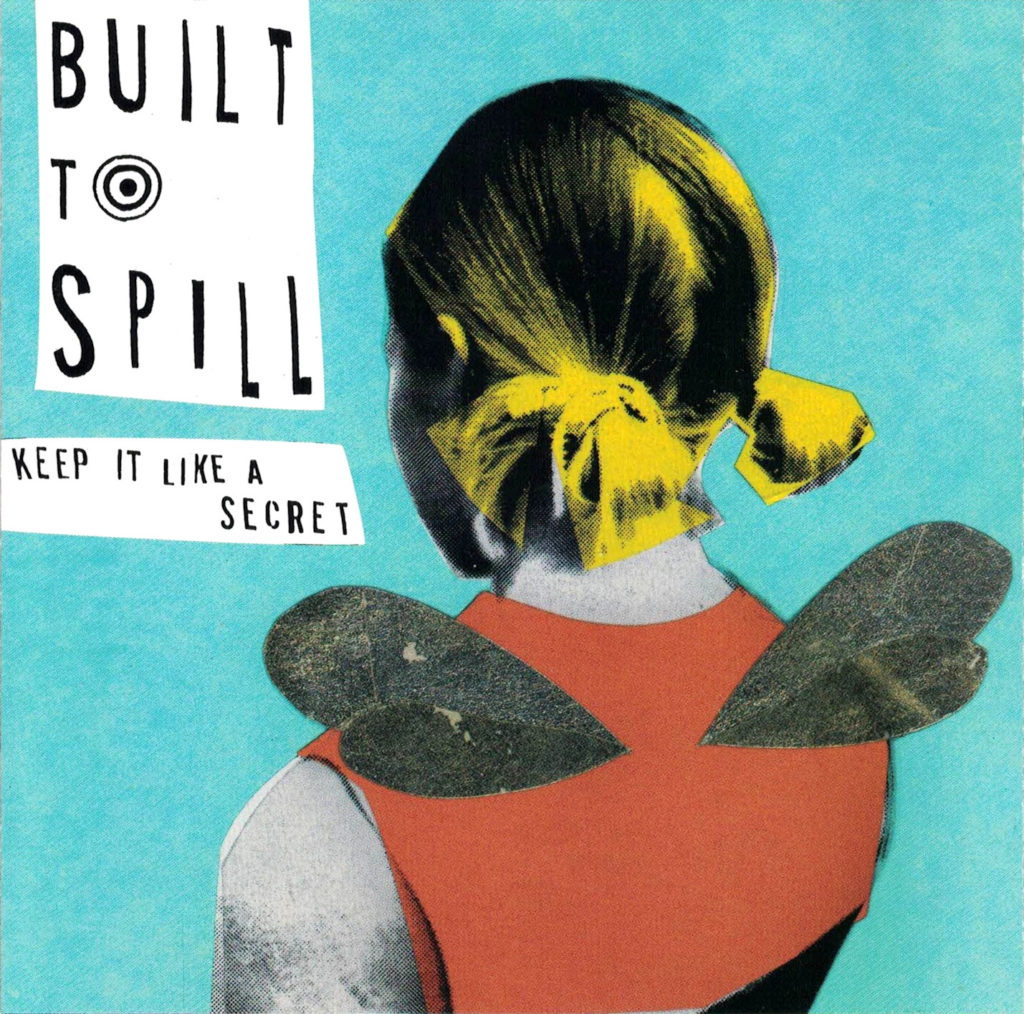
94
With Built to Spill’s three previous albums, Doug Martsch only hinted at what he carried in his ever-present magic backpack. Precisely eight seconds into Keep it Like a Secret, it becomes perfectly clear. This is no “wall of sound” – it’s a tsunami of orchestrated, carefully composed, and interwoven guitar parts, wrapped around melodies delivered by Martsch, that – for the first time on a Built to Spill record – are as bold as his guitar lines. This would be interesting by itself, but what makes this record a classic is the quality of the songs underneath that tsunami. –MM
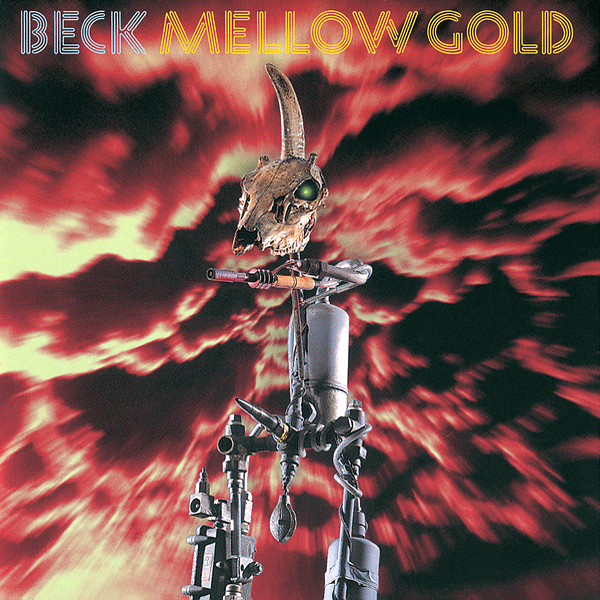
93
Mellow Gold came out in 1994, but I don’t think I heard the whole thing until 2000. What I know for sure is that the songs were out of order. That’s because it was in the day of ill-gotten .mp3 files that you usually had to download one at a time over the course of several hours. And after all that time, you’d discover that some of the files are actually viruses, some are corrupted and unplayable, and the bluegrass cover of “Gin and Juice” that you thought was by Ween is definitely not.
I’m not sure what caused my Mellow Gold .mp3s to play out of order (some of the filenames probably didn’t start with numerals like they were supposed to), but I know that “Pay No Mind (Snoozer)” was MY track one. I still skip “Loser” when I listen to the album because of this (and because who really needs to listen to “Loser” more than they already have?). I don’t remember exactly how my accidentally personalized track order played out, but “Blackhole” was somewhere in the middle. Somehow I didn’t think it was weird that the album had several minutes of silence right in the center, followed by a weird electronic noise-scape (the secret song), and then “Beercan” or whatever.
In other words, I didn’t know the album was out of order, and apparently I didn’t care. I mainly listened to it while playing PC games (it goes great with Giants: Citizen Kabuto). I was too busy blasting aliens to notice that the tunes went away for a significant amount of time and were replaced by bleeps and bloops for a while. Look, I was kind of an idiot, but what’s important is that I still grew to love Mellow Gold even though I was listening to it wrong. That says a lot about about an album. When each song stands on its own and the sequencing doesn’t matter, that’s a sign of a true classic. –TRN
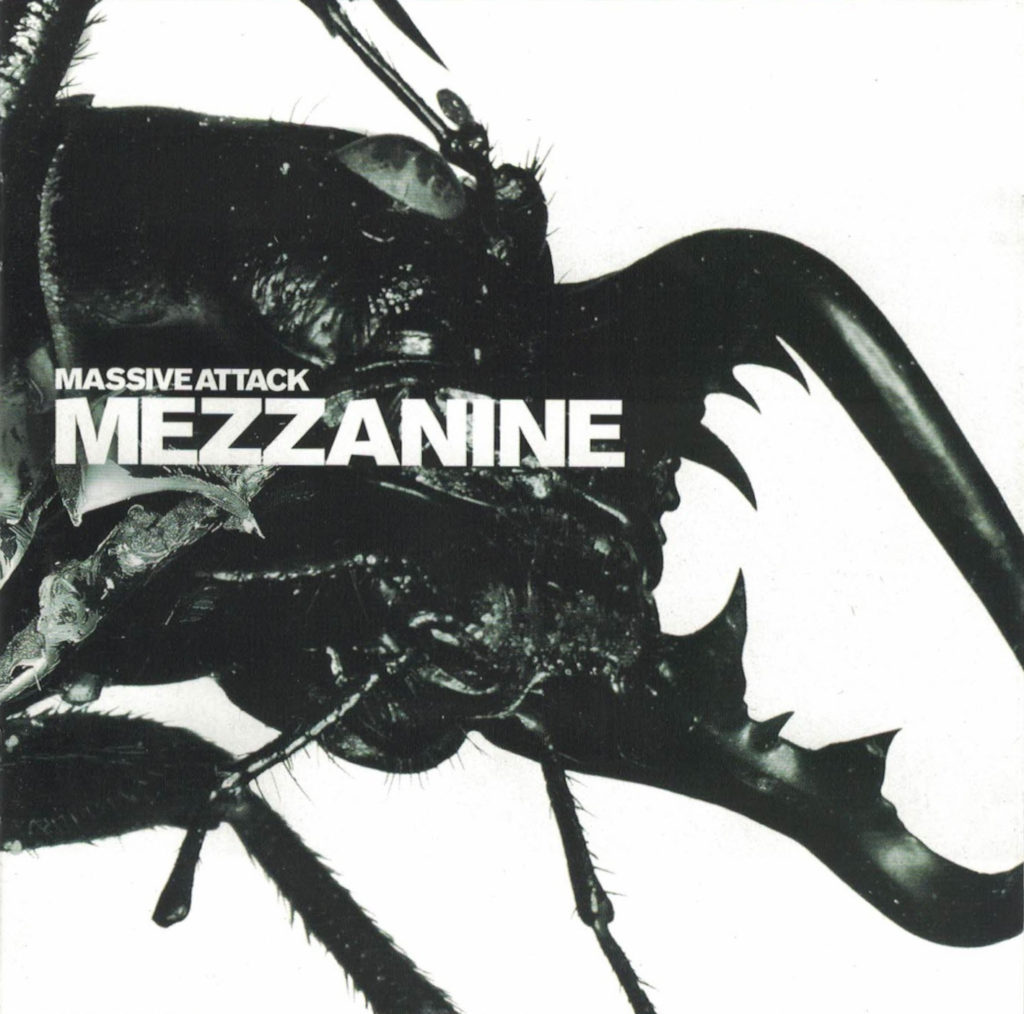
92
A high-water mark for Massive Attack, few albums create the sort of dark, paranoid atmosphere found on Mezzanine. Just try to listen to this late and night and keep from looking over your shoulder. While still rooted in the trip-hop genre they helped define, Mezzanine is unlike anything the genre had produced before, with wide-ranging samples, beats, and rock/punk influences more present than ever.
While the album maintains a somewhat staggering level of quality from start to finish – opening track “Angel” and “Inertia Creeps” in particular are classics that still sound like nothing else – the highlight of the album is “Teardrop.” Massive Attack’s only top 10 single, “Teardrop” is anchored by an incredible beat, harpsichord melody, and lyrics and vocals from Cocteau Twins’ Elizabeth Frazer, written and sung only shortly after learning of the death of her friend and fellow musician, Jeff Buckley. More than just the theme song from House, “Teardrop” is a peerless examination of love at its most melancholy, and one of the finest singles that the 90s, or any decade, has produced. –TK
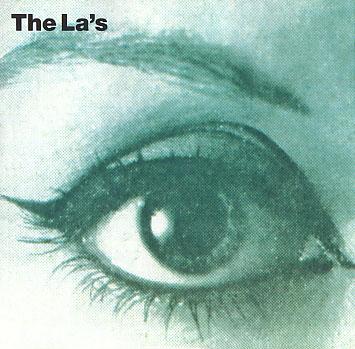
91
A lot has been speculated about Liverpool group, The La’s; from bandmate friction to commercial failure, the story of The La’s isn’t one for a lack of drama. Yet, the potential that emerges from their 1990 self-titled debut – and only album – shows a band bridging a gap between the psychedelia of the sixties and the coming Britpop of the nineties in a way that many other groups failed to recreate. La’s frontman Lee Mavers’ attention to melody is on display throughout the album, and his most successful song, “There She Goes,” stands among the very best of all-time. –RG
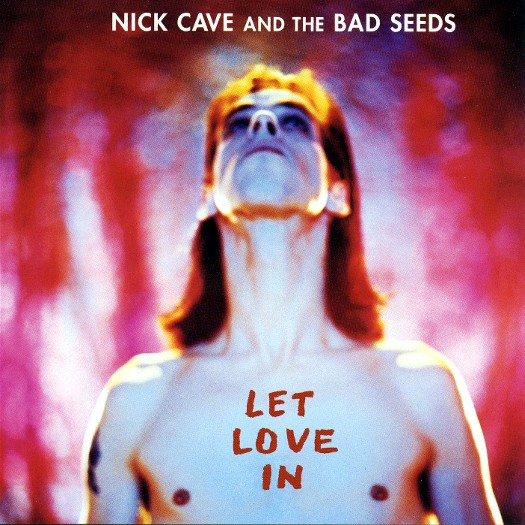
90
One’s favorite Nick Cave & The Bad Seeds album of the nineties depends wholly on the version of the singer-songwriter they’re inclined to prefer. Love dark cabaret? Head for 1990’s The Good Son. Dig deeply fucked-up stories? Grab 1996’s Murder Ballads, yesterday. Piano ballads your thing? There’s probably a copy of 1997’s The Boatman’s Call waiting at your local record store. If all of these sound intriguing, perhaps you should start in the middle, with Cave’s commercial apex, 1994’s Let Love In.
A sampler of virtually everything that Cave and the Seeds excel at, Let Love In seems to be a reasonable point of entry for most anyone predisposed to Nick Cave’s gothic storytelling, and The Bad Seeds’ dexterous backing work. Plus, in the album’s centerpiece, “Red Right Hand,” you get one of his greatest tracks. Then again, I could be wrong. After all, there’s almost certainly someone out there gritting their teeth about the fact that I didn’t even mention 1992’s Henry’s Dream here. Let’s just agree that Cave had a hell of a decade. –MR
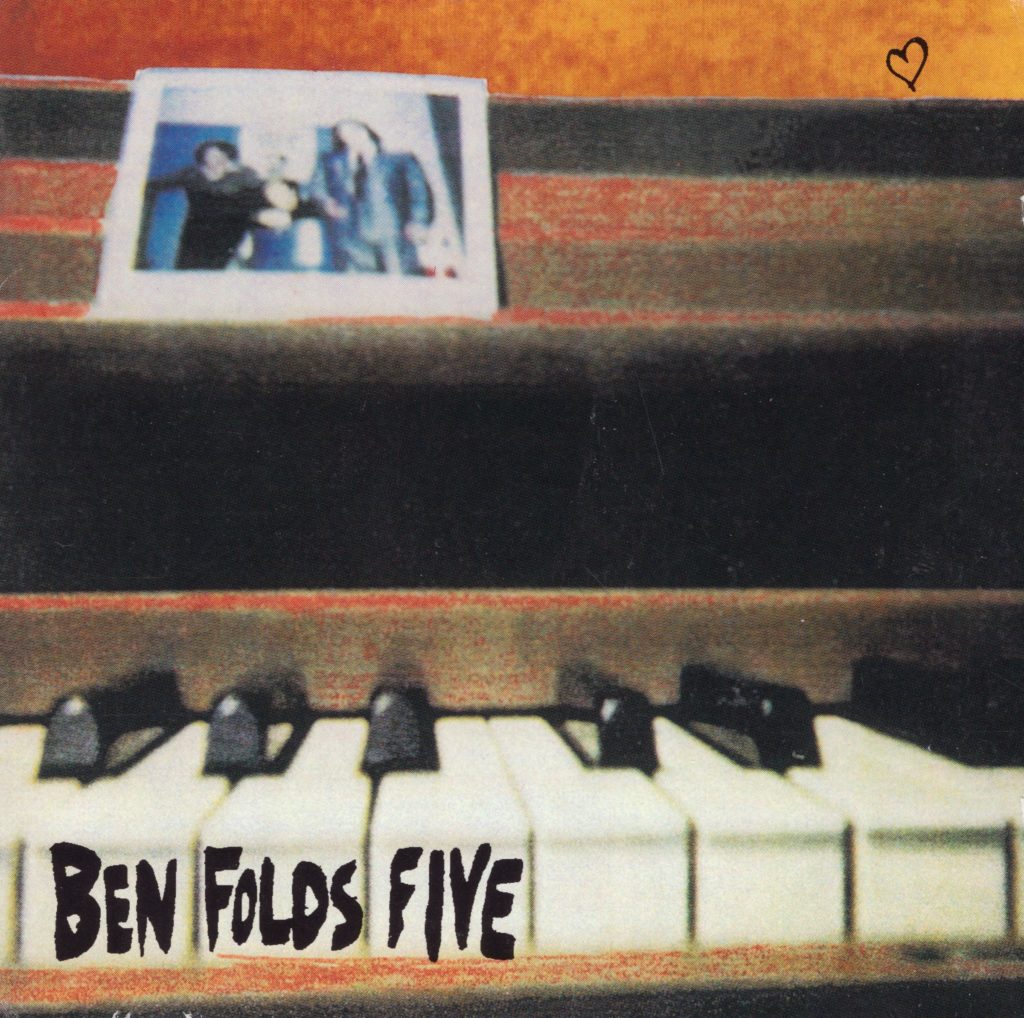
89
I found out about Ben Folds Five only slightly before the rest of the world in the summer of 1997, circa “One Angry Dwarf” and “Song for the Dumped,” just ahead of “Brick.” A couple of drummer friends had recommended them, and seeing as how drummers always seem to be between two months and two years ahead of the rest of us, I listened.
My first chance to see the band was in the parking lot of the H.O.R.D.E. Festival in Phoenix that July… not an ideal venue. They played the hits, and then broke into “Jackson Cannery” and “Philosophy.” That hot asphalt, late-afternoon set ended with Ben smashing his piano stool into the keys at the end of “Julianne,” then declaring that they had to go, “because someone had thrown them a joint and Squirrel Nut Zippers needed the stage.”
I bit hard. I became a devotee. I raced home and literally broke into my piggy bank so I could buy the only copy of their 1995 debut available in our small town. As I was paying for that album, the cashier asked me inquisitively “Ben Folds Five… five what?” To wit – I am sure that I don’t know, but I am sure that you will like it. –GB
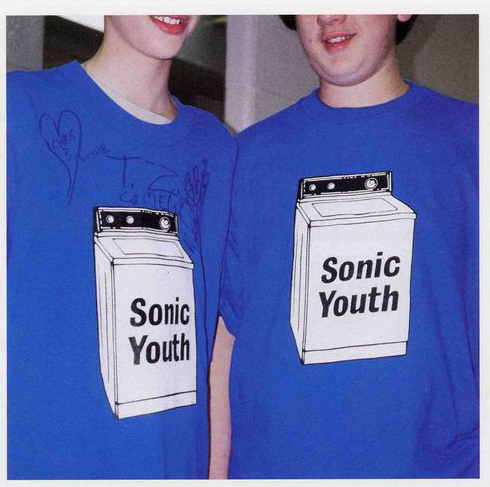
88
1994’s Experimental Jet Set, Trash and No Star was the first Sonic Youth album that I ever heard, which made Washing Machine the first that I ever anticipated in real-time. In all honesty, outside of its remarkable closing track, I was left relatively-unimpressed with Washing Machine. At the time, the most notable thing about it was the fact that a friend of mine started the rumor that I was the fan on the left side of the album’s cover.
Over time, I came to discover the many virtues of Sonic Youth’s most stately record: its democratic give-and-take between the group’s three distinctive singer-songwriters; its winding, fever dream nature; the crystalline guitar lines that go far beyond “The Diamond Sea.” In fact, there are actually times when I think I could convince myself that it’s the band’s greatest work. Of course, that would be absurd, right? Right? –MR
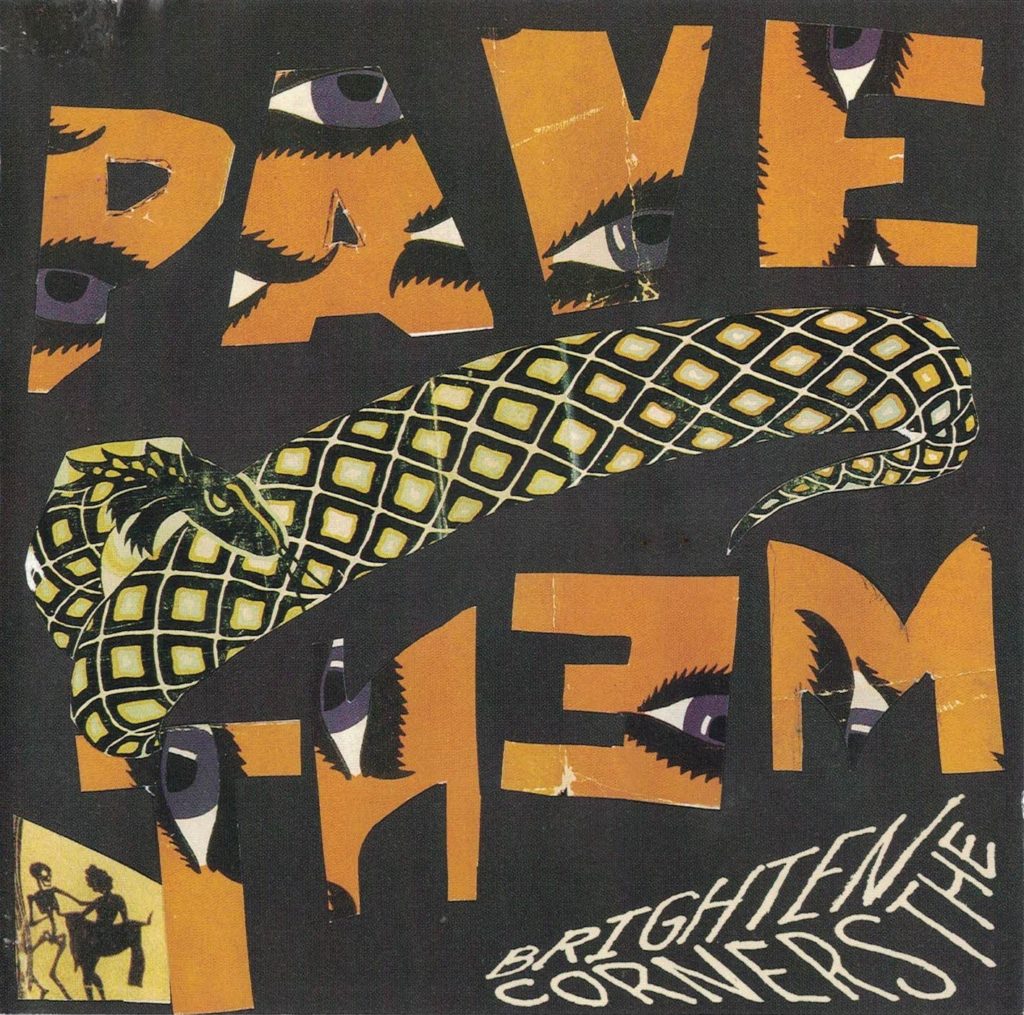
87
The same cocky arrogance that defined Pavement’s early career is still present on their fourth album, Brighten the Corners, but there are definitely signs that the band is changing… or at least maturing. Perhaps they had no choice, as their following had grown exponentially by this point, after appearances on MTV and elsewhere in the pop landscape.
Here they often choose melody over dissonance or discordance. There are “bright” moments throughout, but, for me, this would be their last fully-realized album. That said, serious fans definitely need this record. Plus, there are plenty of classic Stephen Malkmus lines, so, “embrace the senile genius and watch him reinvent the wheel.” –NB
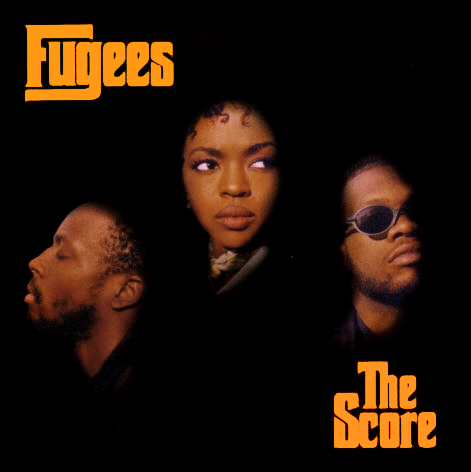
86
While the mega-hit “Killing Me Softly” delivered mainstream pop radio an introduction to a creative blend of hip-hop, R&B, and jazz production, The Score as a whole is a classic rap album that has it all. In addition to a perfect combination of covers, studio skits, and smash hits, the album provides everything a classic 90s hip-hop record should have: eclectic samples, ear-worm hooks, and devastating bars. But most of all, it features Lauryn Hill’s transcendent voice and emcee skills. Just go listen to her verse on “Zealots.” Doesn’t get more quintessential than that. –GK
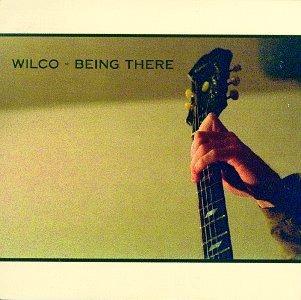
85
I saw Wilco a couple of weeks ago at Portland’s Arlene Schnitzer Concert Hall. Perhaps due to decalibration – after all, it was the first concert that I’ve attended in nearly two years – at some point during the show, I had the distinct impression that I was watching one of the truly great American bands. Ever.
Truth is, Wilco has been auditioning for the part almost from the get-go. The band’s second release, 1996’s Being There, takes on two of the great American rock and roll tropes: the double album, and the “road” album. Over the course of its nineteen songs, singer-songwriter/frontman Jeff Tweedy plays the part of the beleaguered troubadour to a tee, without ever veering into the realm of the trite. That, in and of itself, is quite an accomplishment, but when the songs are this uniformly great, no one would blast him for resorting to a cliché or two. –MR
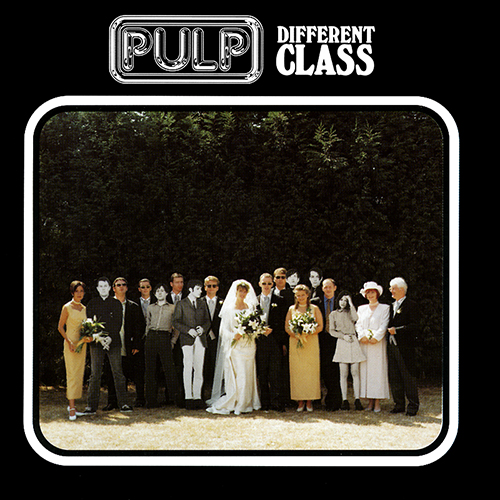
84
“We’re making a move, we’re making it now, we’re coming out of the sidelines,” sings Jarvis Cocker early in “Mis-Shapes,” the lead track from Pulp’s 1995 career-defining masterpiece. It’s as clear a statement of intent as one could imagine for a band that had persevered through obscurity for seventeen years by the time Different Class was released. In 1995, Britpop was at its peak, led by major releases from Oasis, Blur, and Radiohead among others, but both then and now, Different Class stands out as perhaps the finest release that the Britpop movement ever produced. It won the Mercury Prize, topped the British charts, and turned Pulp into stars.
Different Class is defined more than anything by specificity. Cocker takes us on a tour of what it was to be young and British in the 90s. He sings about sex, drugs, and class politics with an attention to detail that any short-story writer could be jealous of, all backed by an anthemic guitar and synth sound that still sounds fresh twenty-five years later. While “Common People” is deservedly the lasting hit from the album, there’s hardly a weak moment across its twelve tracks. Though Pulp have a number of excellent albums in their discography, Different Class stands at the top of the pile – a defining moment not only for the band, but for British music in the 90s as a whole. –TK
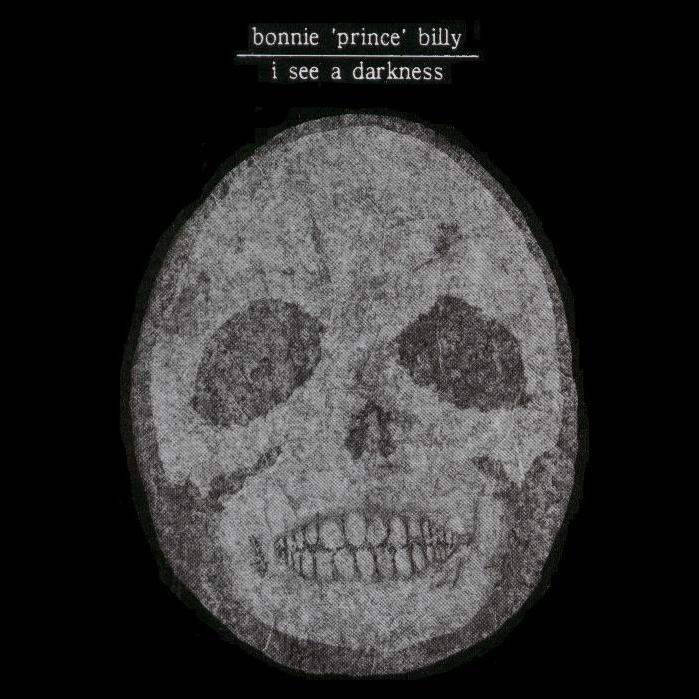
83
The alt-country/Americana scene needed an In the Aeroplane Over the Sea. The exploration of death as a theme is nothing new, but when it’s done well, it resonates. While Will Oldham is many things – and not all of his contributions are tied to a specific vibe of gothic intimacy – he strikes a vein in I See a Darkness that delivers incredible depth and… darkness. In his debut release under the moniker “Bonnie ‘Prince’ Billy,” Oldham paints a lethargic, sombre picture using sparse instrumentation and production to explore the well of sadness. The title track is a treasure, and I imagine there may not be a more flattering stamp of endorsement for a songwriter than when Johnny Cash covers your tune. –GK
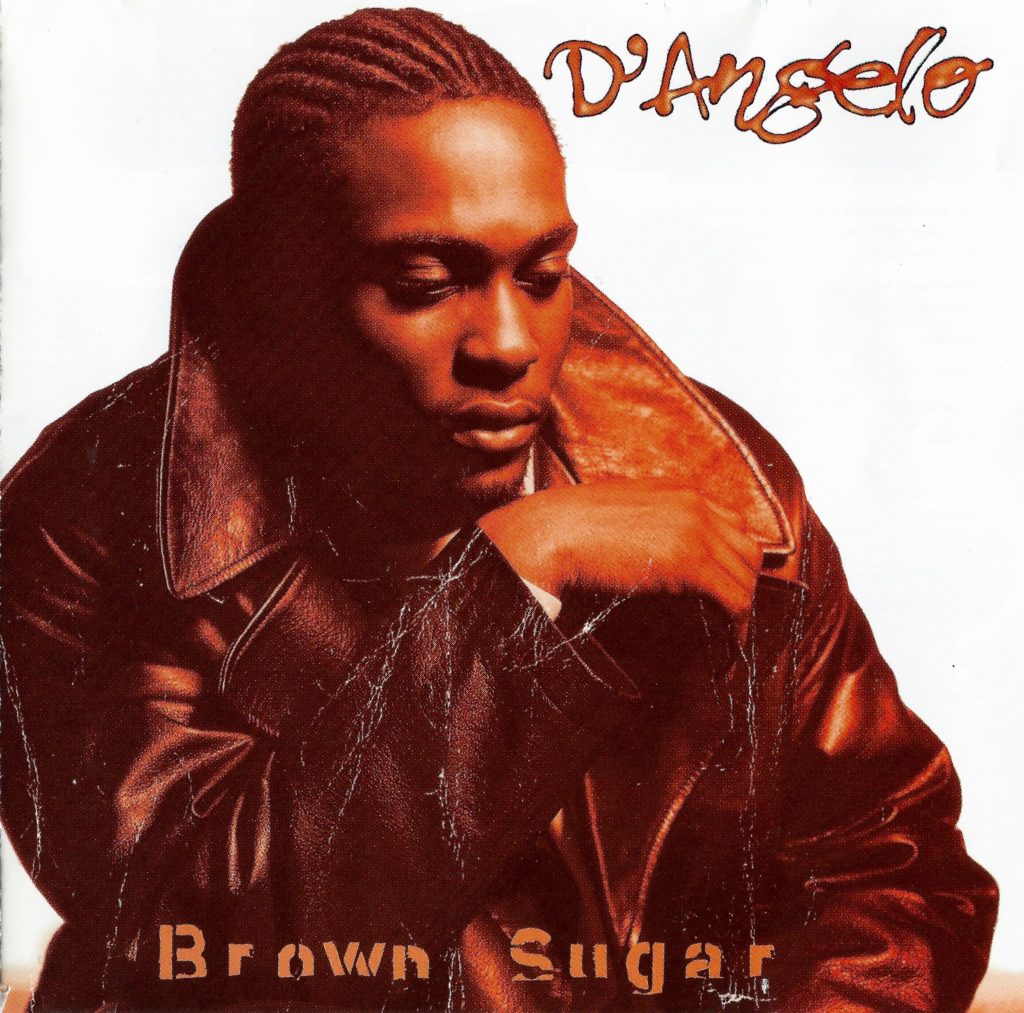
82
Trailblazer, architect, mastermind. Call him what you will, but this debut album from D’Angelo forms a headwater for a movement of neo-soul artists like Lauryn Hill, Frank Ocean, and Tyler the Creator, drawing from gospel, soul and funk roots, and infusing hip-hop edges to breathe new life into a mid-nineties R&B scene in need of a fresh flow. D’Angelo’s Prince-esque musicianship sets the bar high, and delivers the eventual claim of his status as a vanguard. Perhaps the defining and quintessential neo-soul album. –GK
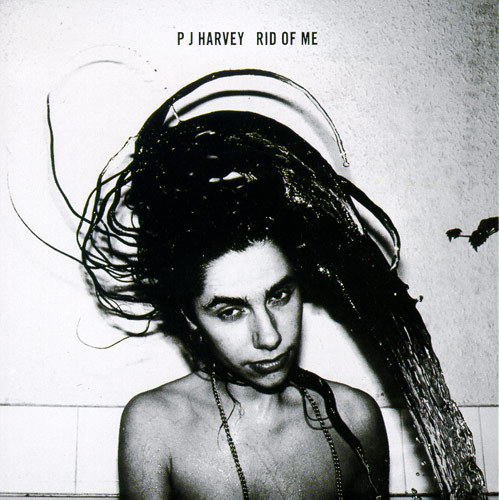
81
There’s only one way to listen to PJ Harvey’s second album: loud. Recorded by the notoriously cantankerous Steve Albini, Rid of Me bears all of the hallmarks of his work. I say all, but in reality, Albini’s modus operandi is to capture the power of the music in as bare-bones a way as possible. With Rid of Me, PJ Harvey provides all of the necessary power. You just need to give it the volume that it demands.
While the opening title track rightfully takes top billing, Rid of Me is a consistently gripping set. Harvey may have initially gained attention as something of a provocateur – a reputation that was as much the product of the blatantly misogynistic rock press of the nineties – but anyone who was really paying attention to Rid of Me could have seen that she was also a songwriter of the highest order. –MR
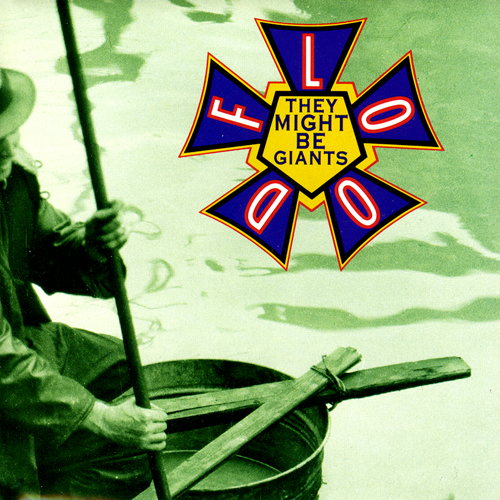
80
“It’s a brand new record, for 1990!” With that auspicious announcement begins Flood – They Might Be Giants’ third album – with tongue firmly in cheek. I think. That’s the thing about TMBG’s work. The song may seem silly (“Minimum Wage! Yaaaah! <crack of a whip>”), but don’t be too sure that “Particle Man” isn’t about…something… I suspect Universe Man was Ronald Reagan.
This isn’t They Might be Giants’ best album, but it is the one that you are most likely to find in the used CD bins, because it’s the record that broke them as close to the mainstream as they would ever get. This is TMBG at their Tiny Toon Adventures peak-visibility, and it’s a great little album, packed with songs sprouting more from the Great American Songbook than from its rock predecessors. –MM
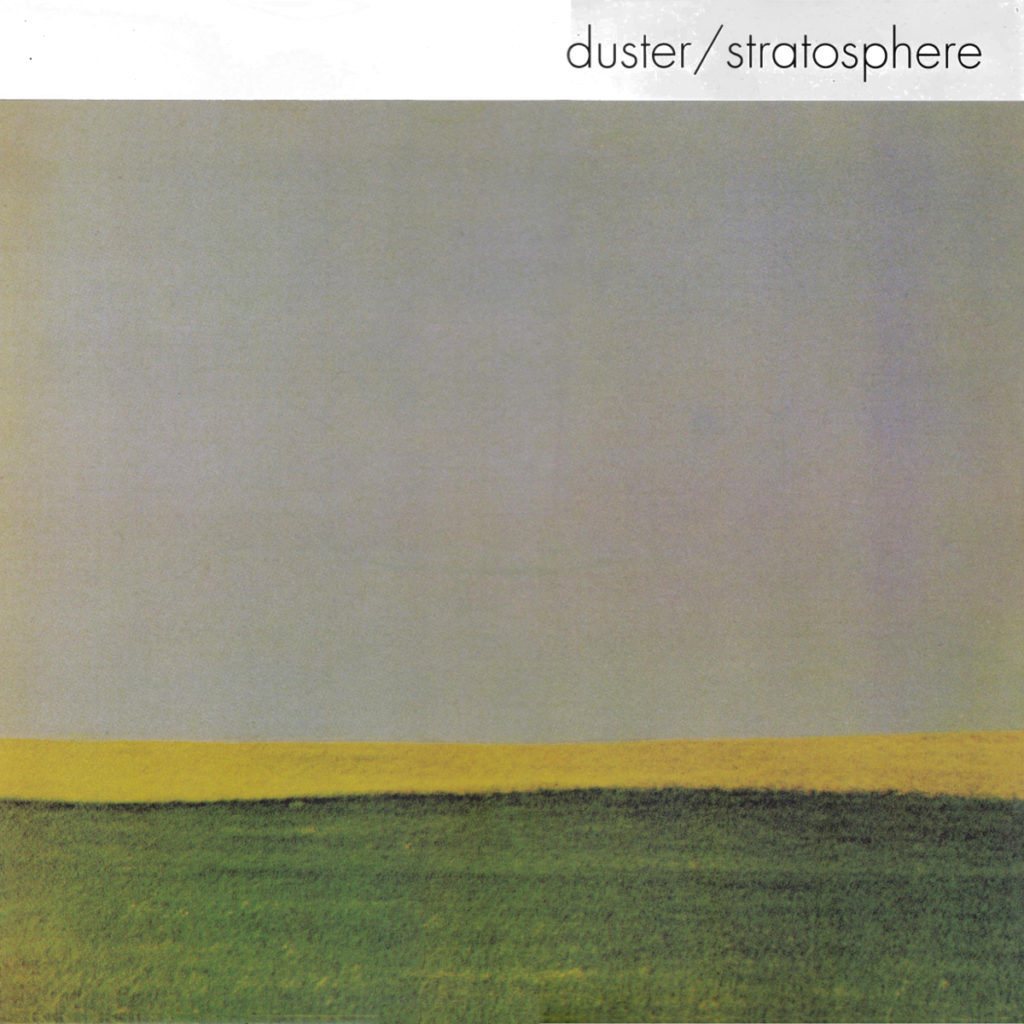
79
As if the good folks at the Numero Group hadn’t already done enough by unearthing some of the greatest classic soul music never heard by the masses, they’ve also breathed new life into a number of excellent indie releases that never got their due the first time around. Reissued by the label in 2019, Duster’s 1998 debut is one such album.
Duster may not have had the same hooks as their Northern California brethren in Pavement, but they shared a similar lo-fi aesthetic. Stratosphere lives up to both its name and its sparse cover, in its evocation of spacious landscapes and the endless allure of the unknown. Though it took nearly twenty years for the group to find a significant audience, the appeal of its signature album is timeless. –MR
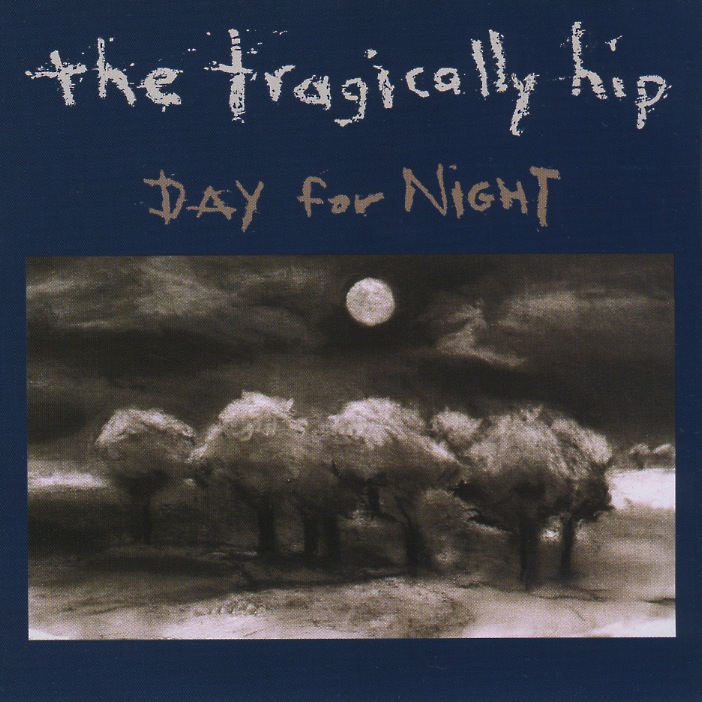
78
I had a friend who spent the entirety of the summer of 1997 with three CDs stuck in his car stereo changer: Sublime’s 40 OZ to Freedom, Rush’s Moving Pictures, and The Tragically Hip’s Day for Night. That those three albums got lodged together – and were seemingly the only thing we could listen to in his car for a few months – makes sense now, in hindsight, as he played hockey for the local college. Through our radio-tuned ears, we knew two of the three. It was Day for Night that cut through the noise.
When “The Hip” started to get more significant attention the next summer, concurrent with the release of Phantom Power, I was primed to become a lonely super-fan in the lower forty-eight. On the plus side, I saw several Hip shows from the front row of smaller clubs; don’t hate me. A few of us have documented our Hip journey on this site, including an extended discussion on the genius of Gordon Downie. That genius is evidenced here by “Nautical Disaster,” “Yawning or Snarling,” and “Scared,” amongst so many others. Almost twenty-six years after I discovered it, Day for Night remains lodged in my regular sonic rotation – this time by choice, and with less Sublime. –GB
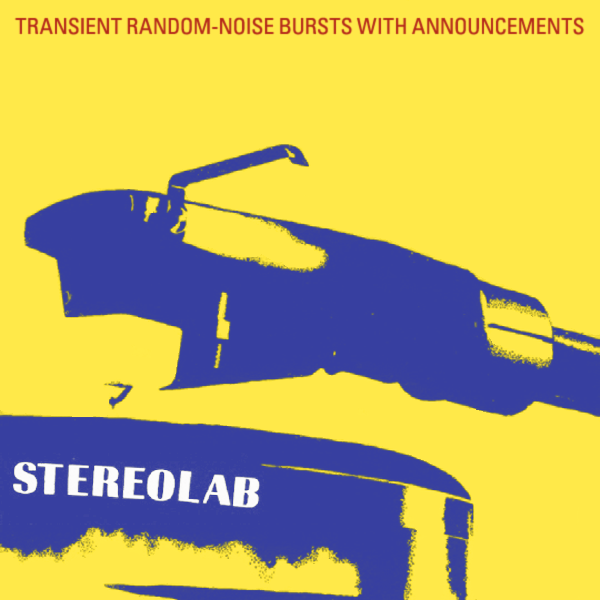
77
Over the course of their decades-long career, Stereolab have made a habit of mixing heretofore incompatible genres. Perhaps their greatest balancing act, 1993’s Transient Random-Noise Bursts With Announcements was the band’s first great album – one that deftly combined elements of Krautrock, psychedelic rock, lounge, and shoegaze.
Stereolab may have more beloved albums – keep reading this list for evidence – but in some ways, Transient Random-Noise Bursts stands as the platonic ideal of their work. It mixes a variety of influences into a melange that is wholly unique, never less than completely compelling, and frequently transcendent. –MR
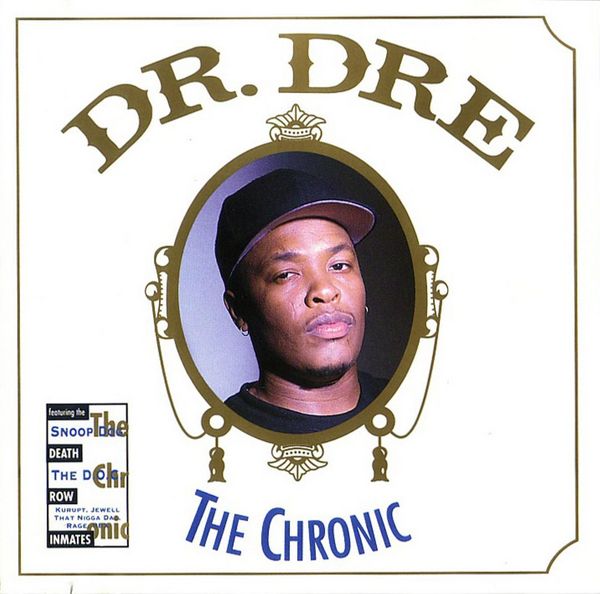
76
Deep in his feud with former fellow N.W.A. member Eazy-E, Dr. Dre’s debut solo album, The Chronic, stands as one of the most important landmarks of rap music’s then-young chokehold on popular culture. While standout tracks like “Nuthin’ But a ‘G’ Thang” and “Let Me Ride” reinforce Dre’s place in the top echelon of producers, they also provide a breakthrough for the freshly emerging Snoop Doggy Dogg. Acting as the coming out party for Dre’s own Death Row Records, The Chronic’s funky samples and iconic synths cemented G-Funk as the defining sound of the 90’s west coast rap scene. –RG


